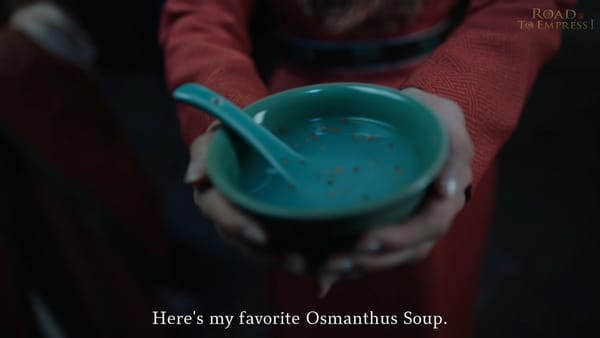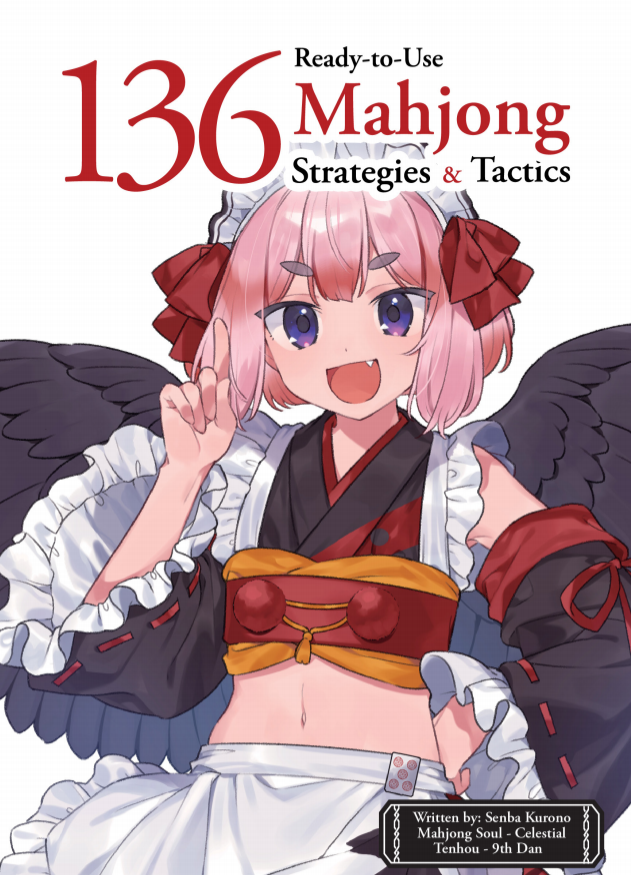Mahjong Stuff in Pon No Michi Episode 12 (Final) - Janta-kun's Minor Illness
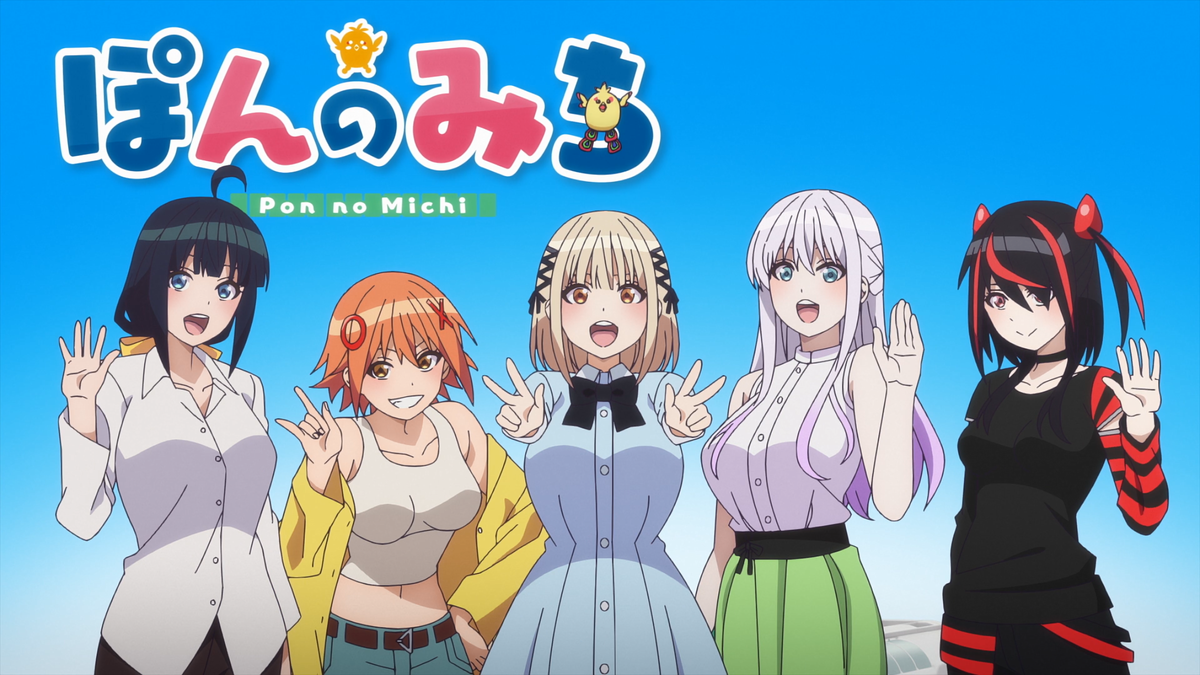
Well, here we are at the final post of the “Mahjong Stuff in Pon no Michi” project, one I never gave a better name. This show was honestly a bit of a trudge— I maintain that episode 6, the all-night mahjong episode, was actually quite good— but playing mahjong consultant and doing this little explanatory feature made it fun for me, if perhaps all-consuming.
By the way, this show is so insanely unlucky that the final two episodes appear to be uploaded but hidden on the official Youtube. Why?!
I've decided the finale of this series will be free, as a treat. But I can't do projects like this, or indeed post anything at all, without the support of my paid subscribers. If you liked this, or the newsletter in general, please consider upgrading to a paid sub. If not that, tell your friends. It all goes a long way.
The Amos JJP
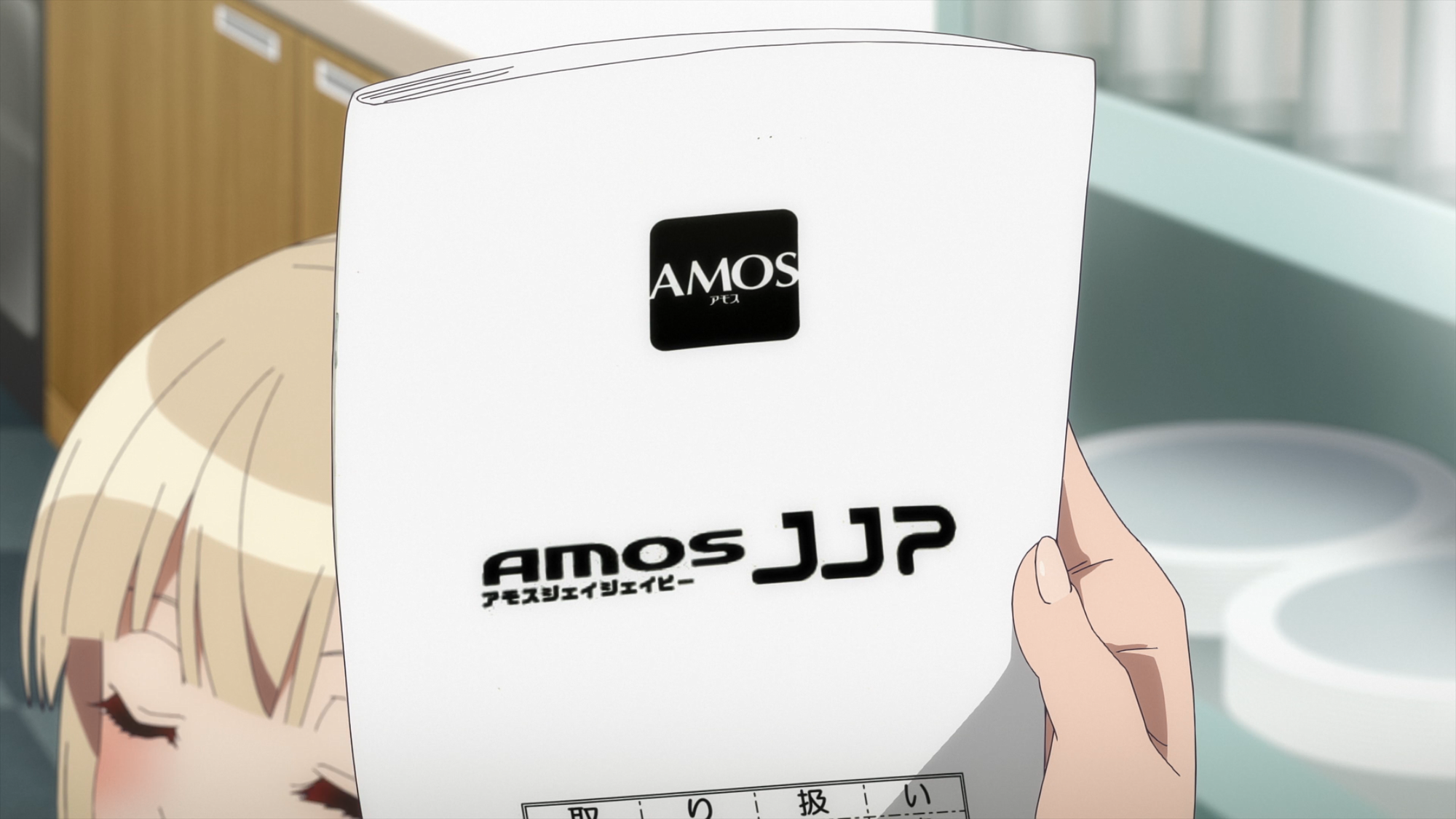
I was delighted by this detail. It’s there solely to own me, personally, the guy who first observed “wait, that’s not how a real Amos JP-EX works” and then wrote an entire episode-blogging series off that one observation.
Amos is a real-world company and the leading auto table distributor in Japan. The fictional table in this series is an Amos JJP, a fictional model. Amos follows me on Twitter, and quietly liked all my posts about the Pon no Michi table on Twitter, even though I didn't tag them or anything. They will return in this episode.
Self-repair

By buying an auto table— particularly if you do so outside of Japan— you effectively opt into learning how to fix it. Auto tables have lots of moving parts, so things happen every once in a while, and sometimes you’ve got to take off the top to get it working again.
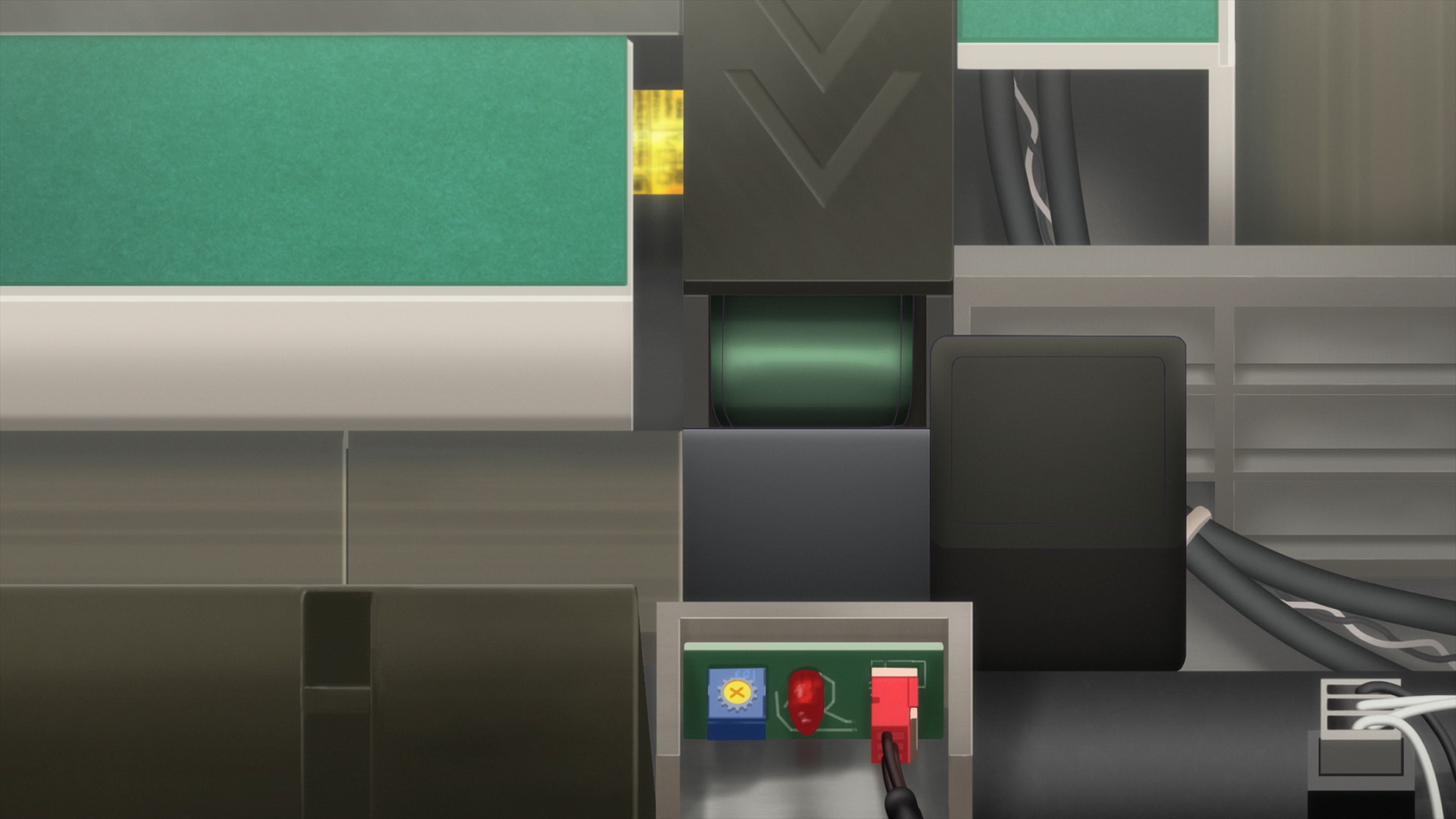
It’s definitely weird that the characters would know this— they’re just shown looking at the manual for the first time— but the close-up indicates that the belts that bring the shuffled tiles into position are not working. That’s an “inside” problem, and it’s not one they can fix without really taking things apart.
Manual shuffling on the auto table
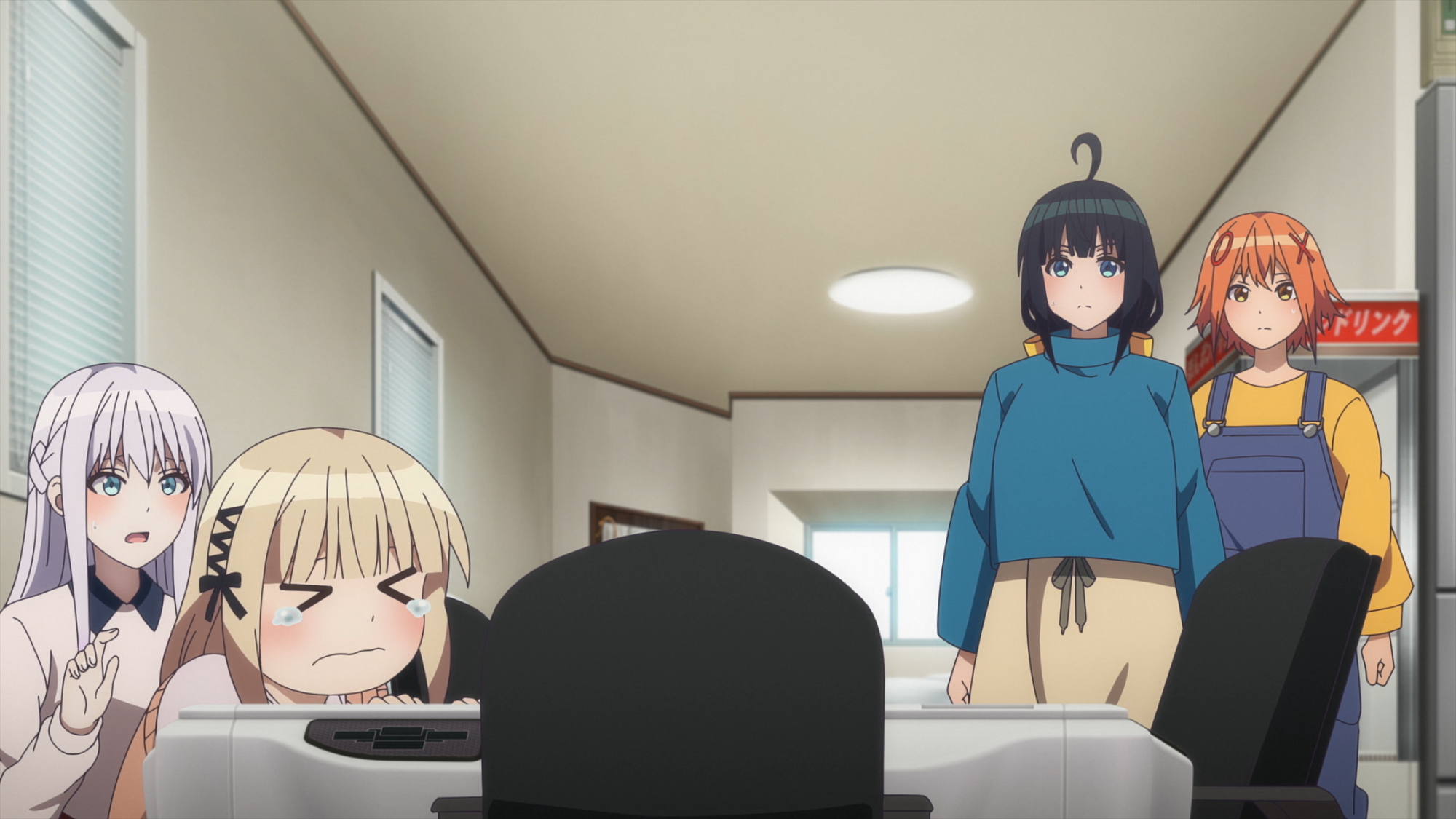
C’mon, now you’re just getting lazy, girls. I’d call them lazy if they plugged in one of the many spare tables they clearly have— and this comes up and they refuse to for sentimental reasons— but at least call a repairman. Weren’t you all supposed to be reopening the parlor? The offscreen dad would cover it, right? (This question will drift off into the air and evaporate, as it’s understood by genre rules that these characters will never age and inexplicably maintain the stasis of the one-table parlor, open only to them forever.)
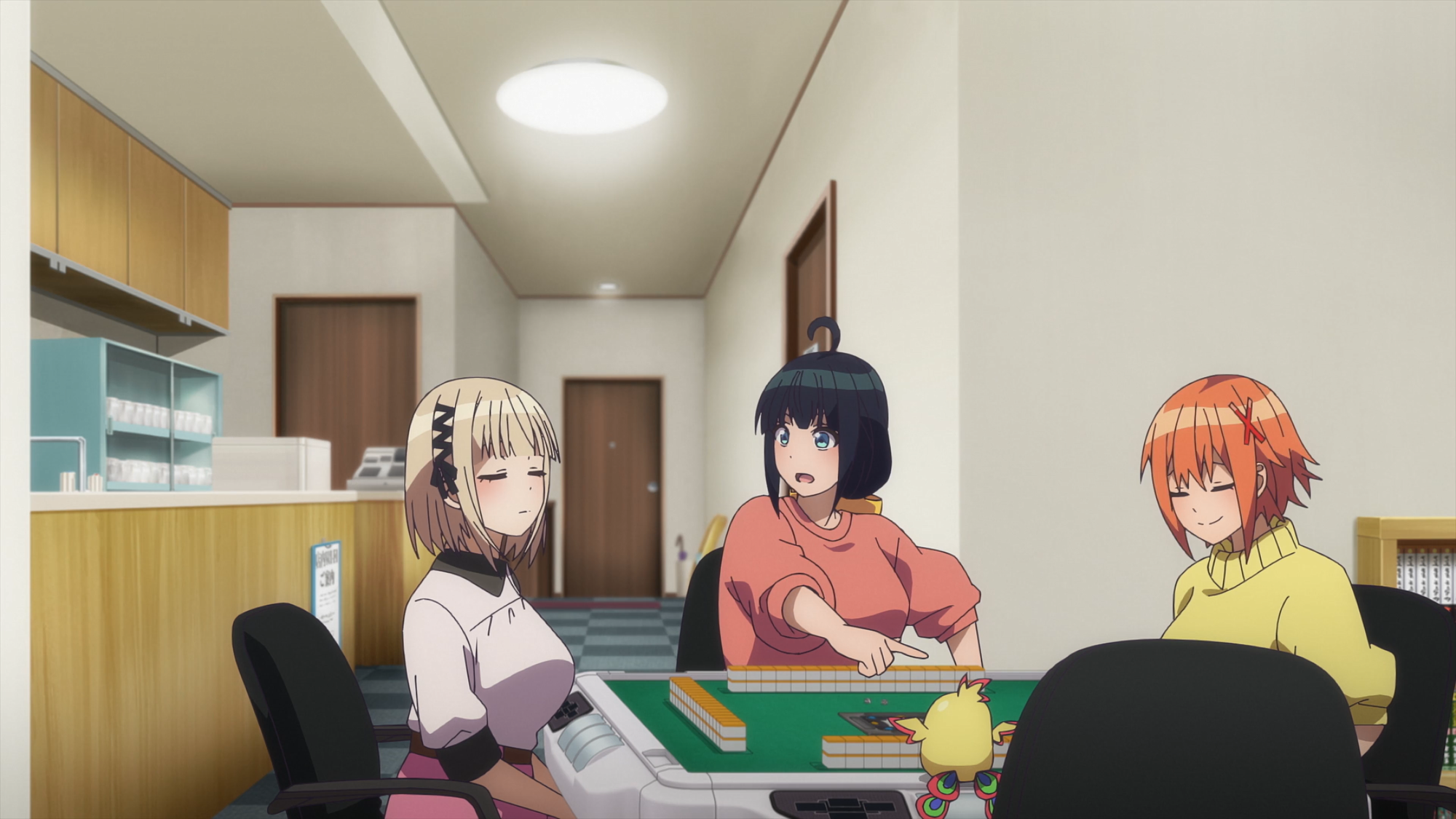
Nashiko is shown rolling the dice and not knowing where to cut the wall, but again, a real JP-EX does not cut the wall, nor does the table shown in this anime. It simply deals shuffled tiles; players press a button to roll built-in dice and then cut the wall and draw based on the result. Nashiko should already have been doing this every game.
At first I thought it was an error that the table’s screen displays were still on when the girls played hand shuffled: then I realized that even with the belt broken the point sensor and display still work just fine, and would be quite useful for keeping track of points.
(I don’t remember if I mentioned this, but most auto tables now use RFID scoring sticks to keep track of points: simply pass the points to your opponent, and when they put the sticks away, the table calculates the score and shows it on the display.)
Mahjong Soul cameo
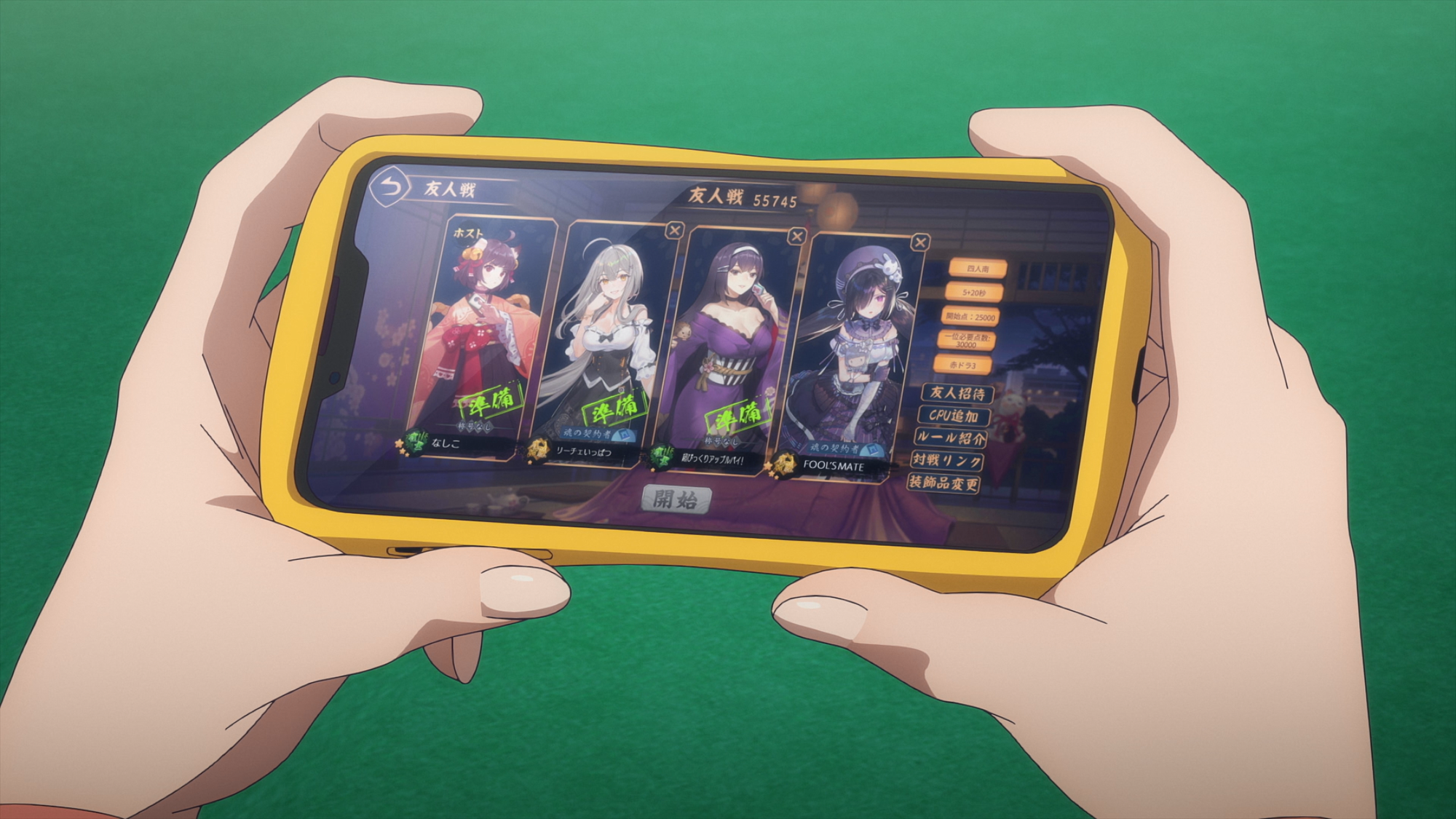
The character choices the girls have made on Majsoul are little winks towards their personalities. From left to right:
-
Nashiko uses Ichihime, the catgirl default and thus the spiritual mascot of all newbies, nya.
-
Riiche uses Sawako Kitami, a pay character. She's a housewife with a maternal personality.
-
Pai uses Miki Nikaido, the second default (non-pay) character. A stereotypical "mysterious sexy" character. Probably named after the Nikaido twins (Aki and Rumi), pro mahjong legends.
-
Emi uses Ayako Morikawa, a pay character. She's a standard chuunibyou character in a goth lolita dress: clutching a stuffed toy, she believes her left arm has a a demon sealed in it. Typical chuuni stuff alright. Emi's so embarrassing. Definitely my favorite character.
“We can’t do that many rounds”
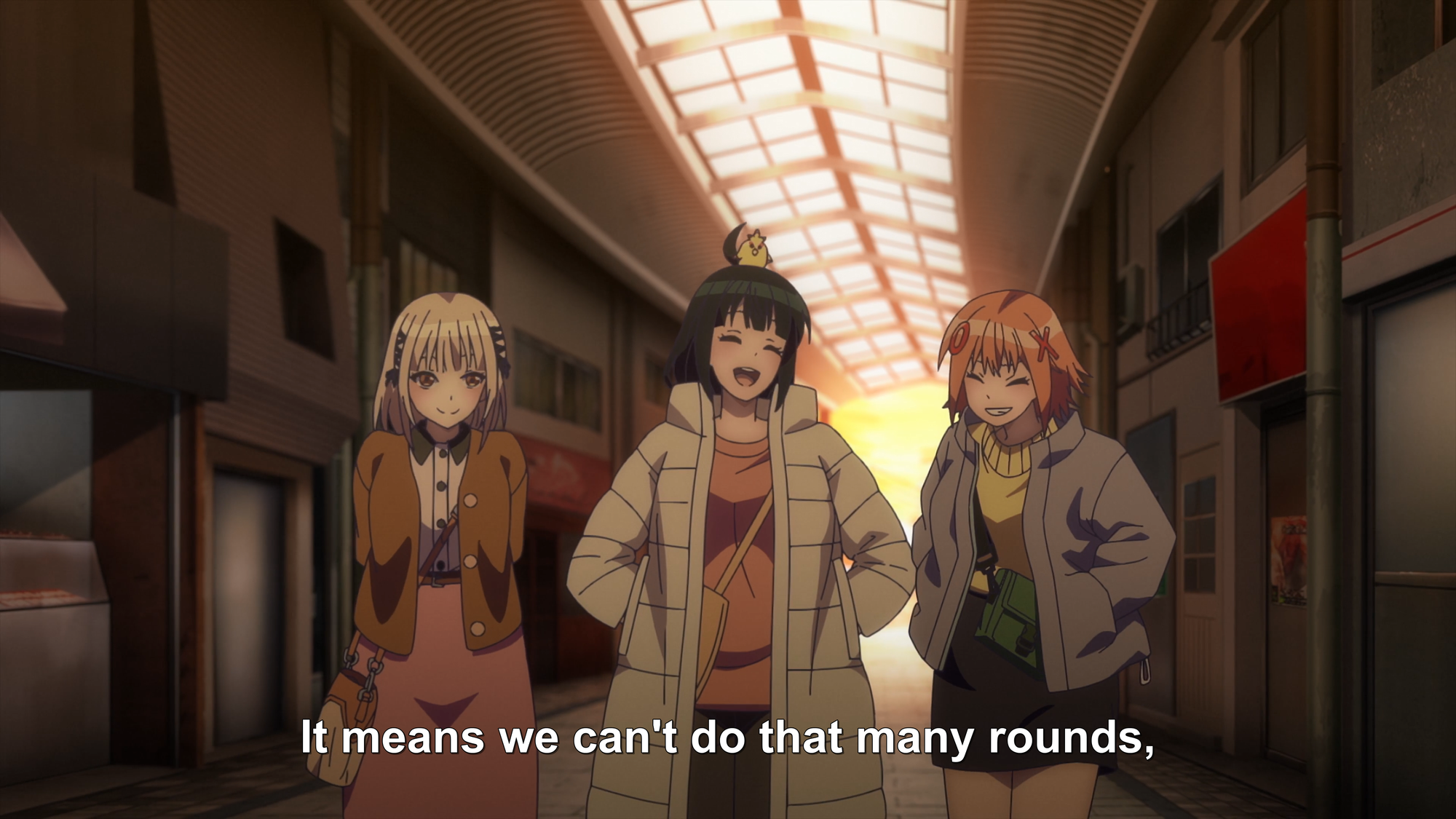
Cutting hand shuffling and wall building out of the flow every single round chops a huge amount of time off the process. The minute or two that it takes doesn’t seem like a lot, until you realize you’re doing it every single hand. I’m going to be generous and say it takes a minute and a half; multiply that by the eight to twelve hands that a hanchan tends to last. That comes out to 12-18 minutes worth of raw downtime per match, assuming everybody is very fast.
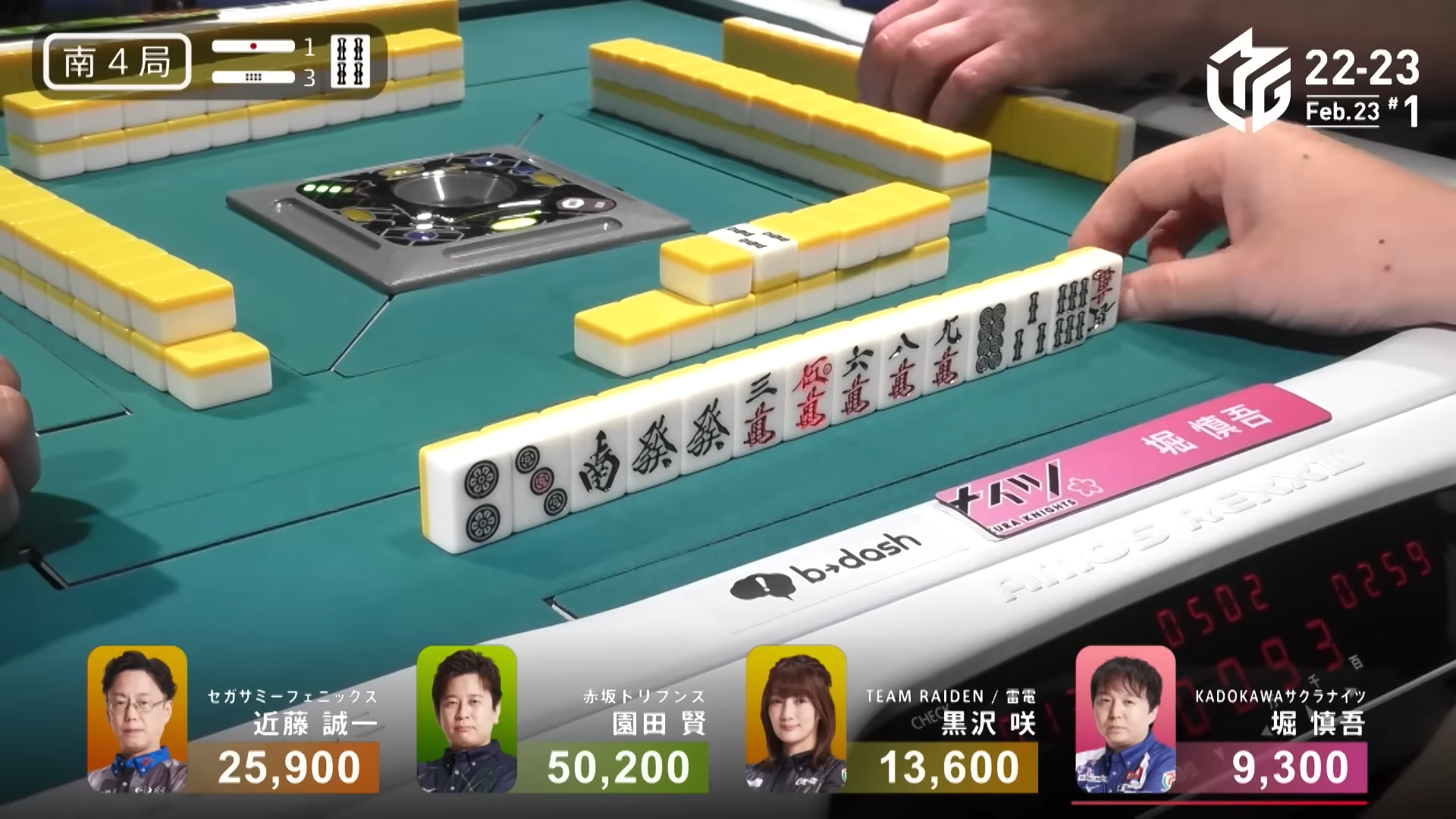
High-end parlor tables like the Rexx cut even more time out by dealing the hand almost completely ready-to-play, skipping the wall cut, drawing process, and even the dora flip.
Suffice to say that playing hand-shuffled simply takes more time. Anecdotally, a hand-shuffled hanchan usually takes 90 minutes. An online hanchan usually takes 45 minutes to an hour. So naturally the girls just don’t have the kind of time left over that they did when the auto table was working. (A subtle bit of advertising.)
The repairmen
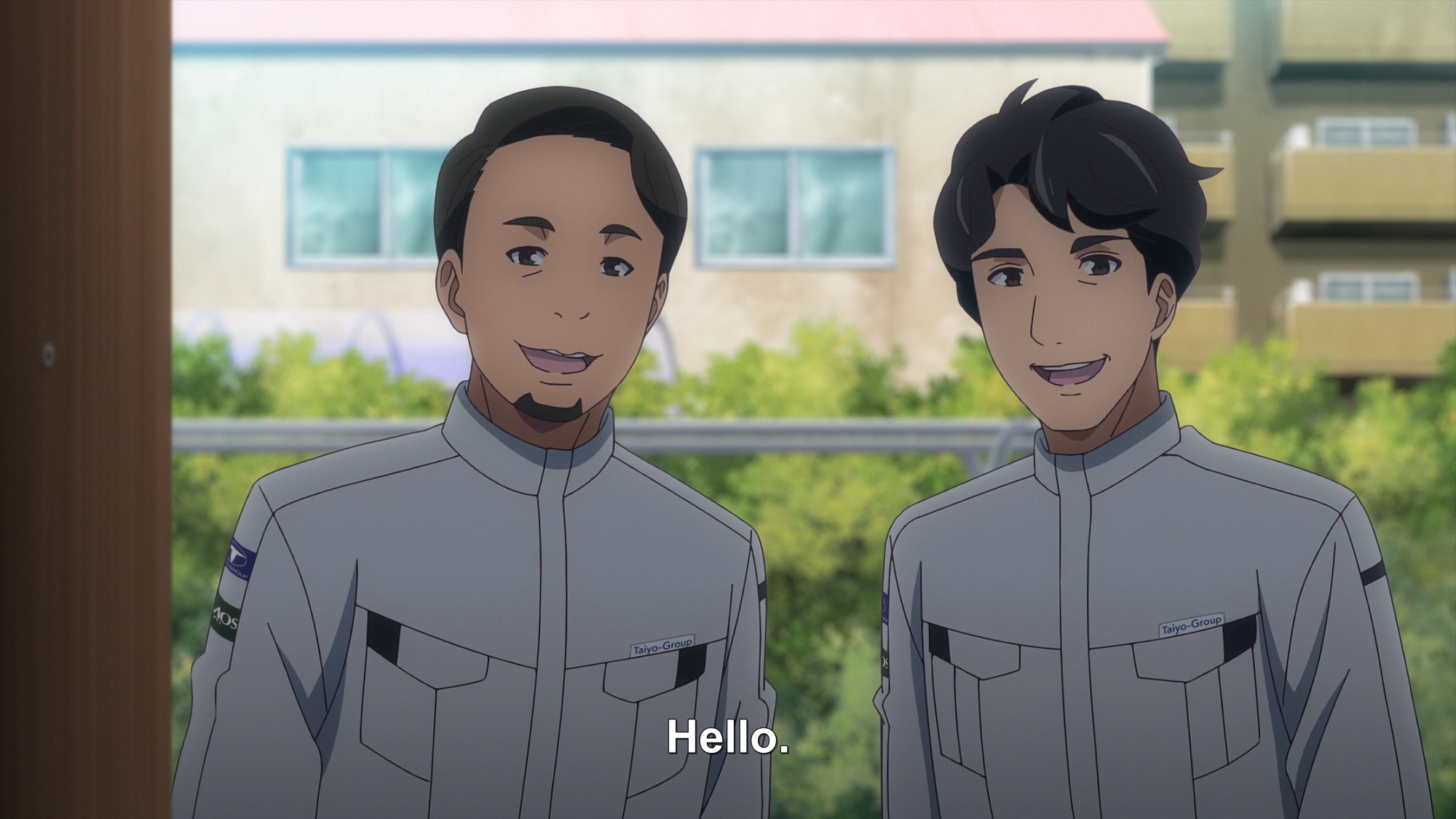
Okay, this is the part I had a laugh about. The guys you see come to the door are not just stock characters. They are the actual repairmen Amos uses in their advertisements, sadly not voicing themselves.
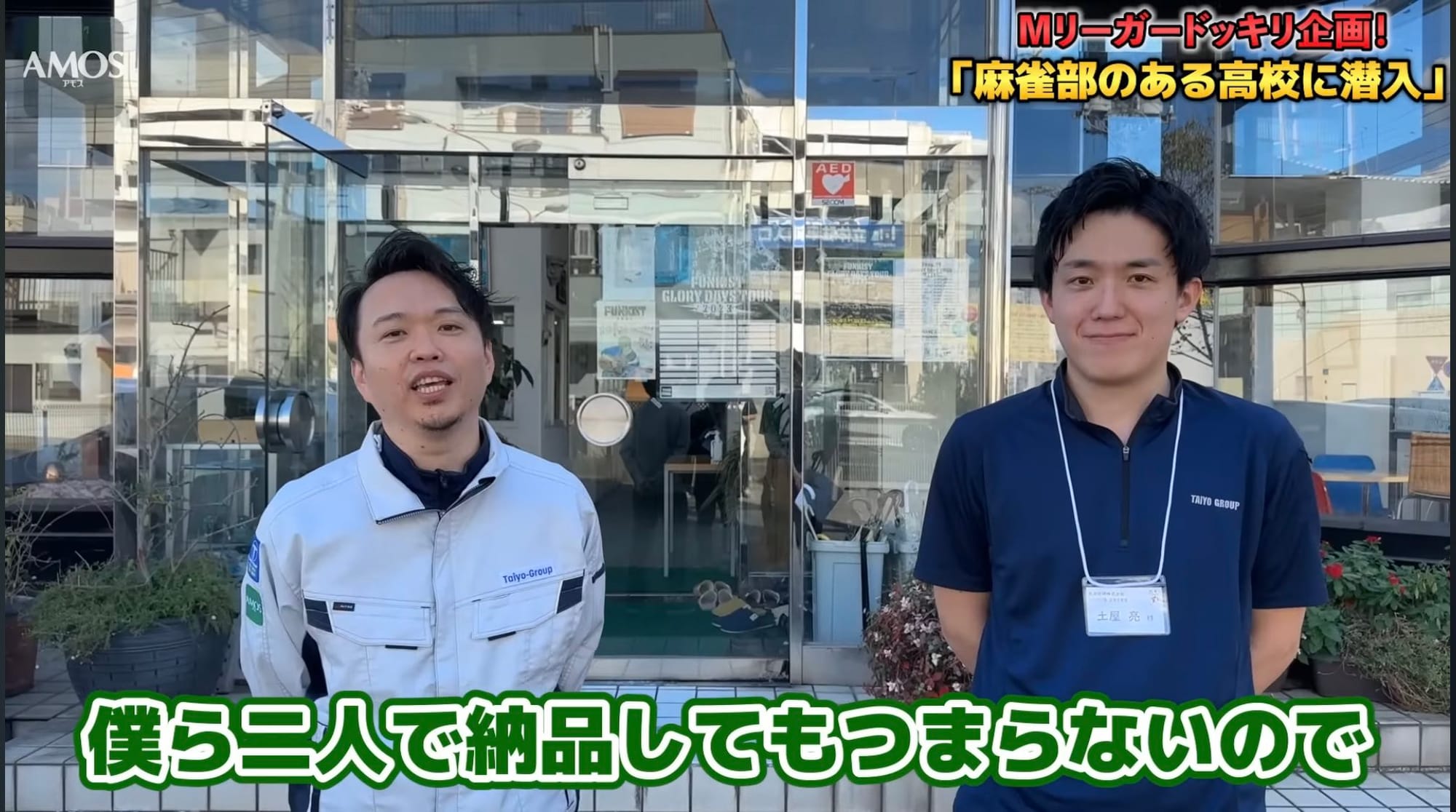
These are the guys in the instructional videos. Talk about your promotional appearances.
“That’s rare to see in a parlor…”
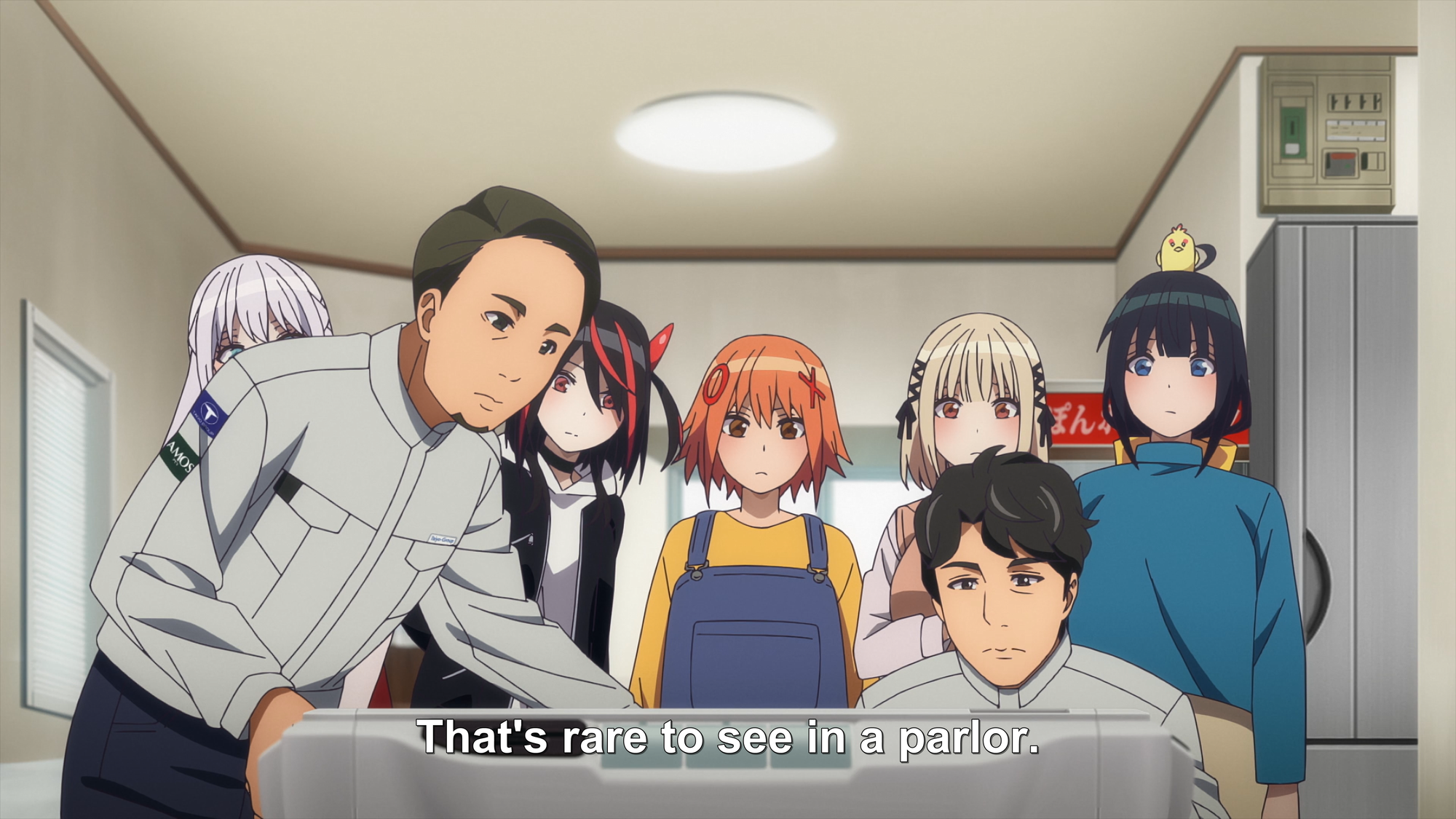
Very politely addressing the thing that was only bothering nerds like me. All these tables are inherently heavy-duty— with prices to match— but there is a difference in quality and durability between a home table and a professional workhorse that’s meant to run games nonstop all through a parlor’s business hours.
(I’ve played on cheapo auto tables like the Aotomo too. You pay for the affordability in mechanical problems down the road, and also the sudden feeling that $2,000 for a mahjong table would actually be just fine. Both the Aotomo and JP-EX are made in China, btw; the latter is just made at a significantly higher level of quality.)
If you’re running a parlor that expects a lot of business, you don’t want to buy a home-use table, because they simply aren’t made to be used that heavily. Consider the difference between a cheap Arcade1up home arcade cabinet that’s mostly made of cardboard, and an actual Astro City that’s been kicking for 30 years.
If you ask me, I’d say the “JJP” was chosen for this anime because it’s close to something that viewers could reasonably buy for their homes. You can buy a Rexx for home use, but it’s prohibitively expensive (the official importer now charges $10,000!!) and you’re not really expected to.
Other issues, like the time paradox caused by a JP-EX existing in Riiche’s flashback sequence, should be explained by “it’s a cartoon.” It might have been fun if they'd put older Amos tables in those scenes.
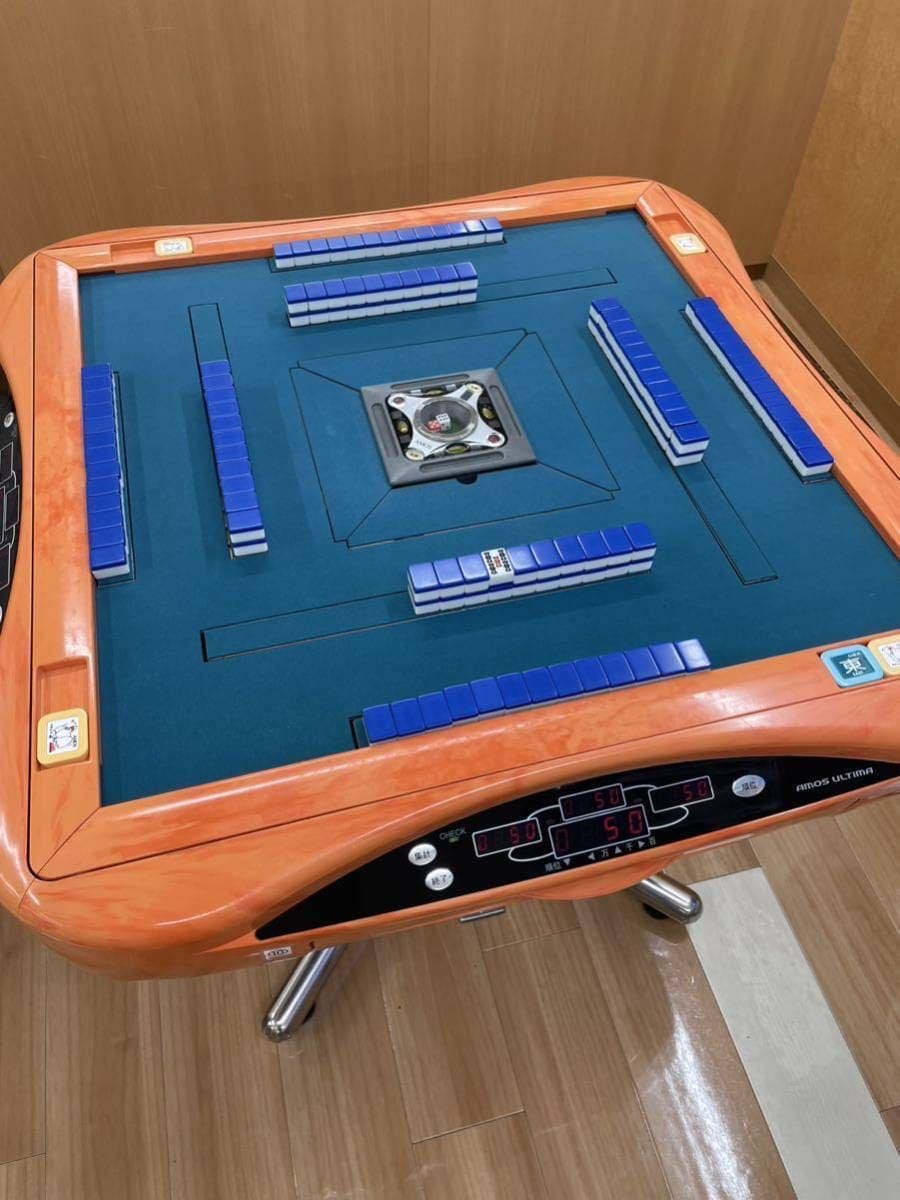
In Saki, by the way, they play on the Ultima, the predecessor to the Rexx series. This was the first table to "do it all".
The sequel tease
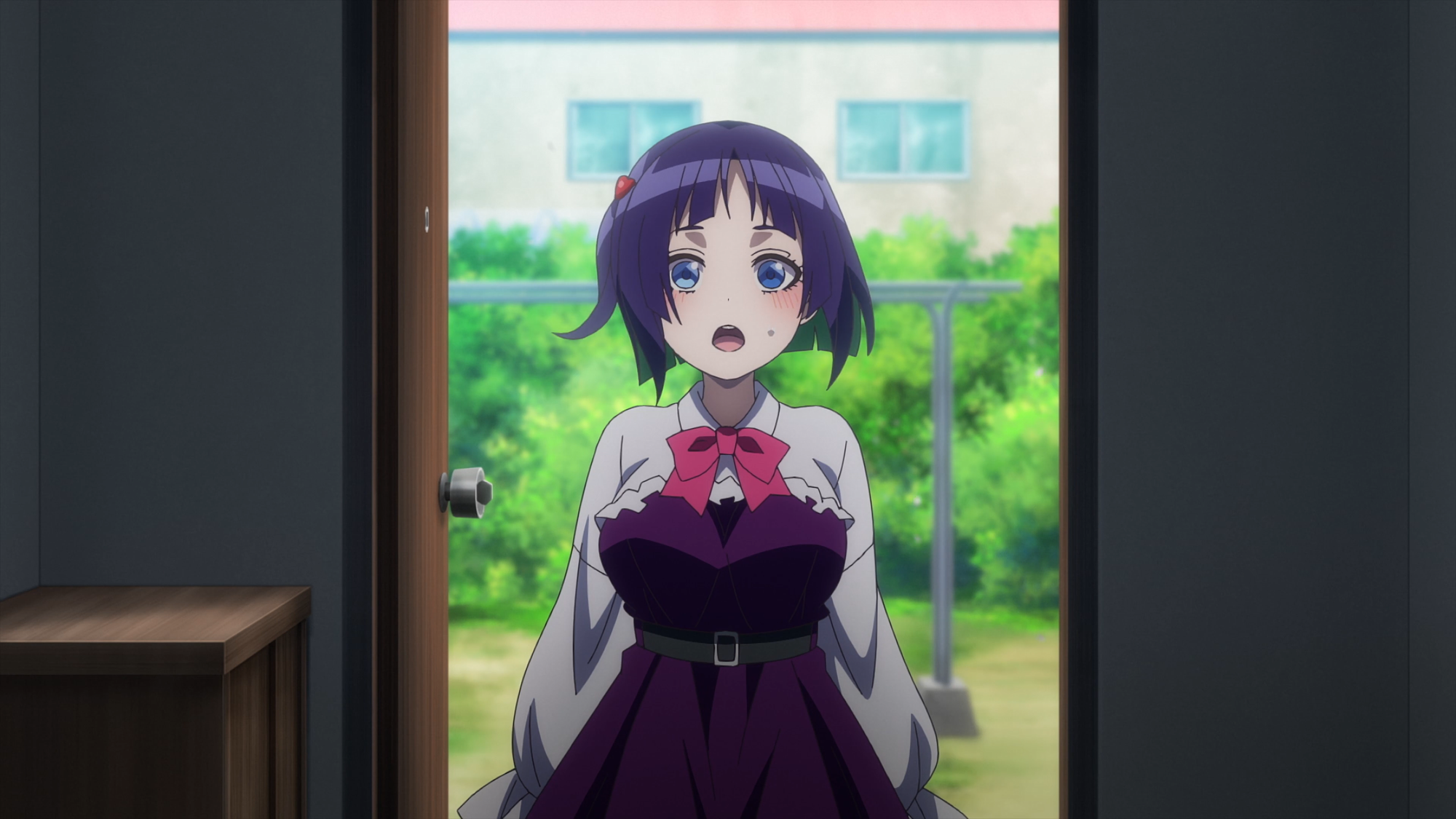
This doesn’t have to do with mahjong directly, but it’s probably pretty important for this project. Pon no Michi closes with a scene teasing a new girl and a second season. I don't think this show was much of a hit, so why not throw a completely new character onto the screen in the last moments? A pretty bold hail-mary to get renewed.

Either this scene is really weirdly animated, or this girl is three feet tall.
I have no intention of continuing this series, as even though I allowed it to consume my last six weeks, I really didn’t like this show much. It never really seemed to know where it was going, or what works about the “cute girls do nothing” genre, namely atmosphere, personality, and relationships. Use the location more! Highlight the girls’ personalities more! Put their interactions front and center! Put this next to Yuru Camp or Bocchi and there's just no comparison. Anyway, I’ll probably write something.
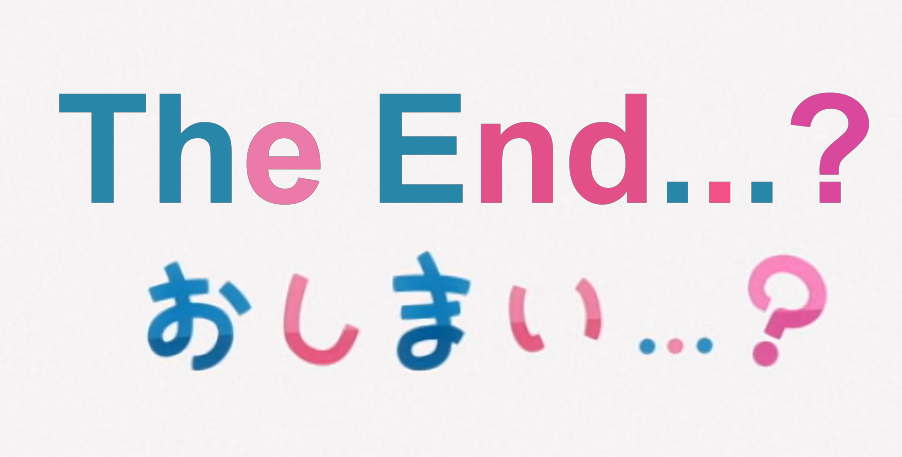
The mahjong fiend in me would probably skim through a second season of this out of curiosity, and maybe I’d even make curious nitpicks like this project over on social media, but there’s no way I’d devote this much of my time to Pon no Michi ever again, even as a barely concealed pretext to share my love for the hobby I’m currently immersed in.
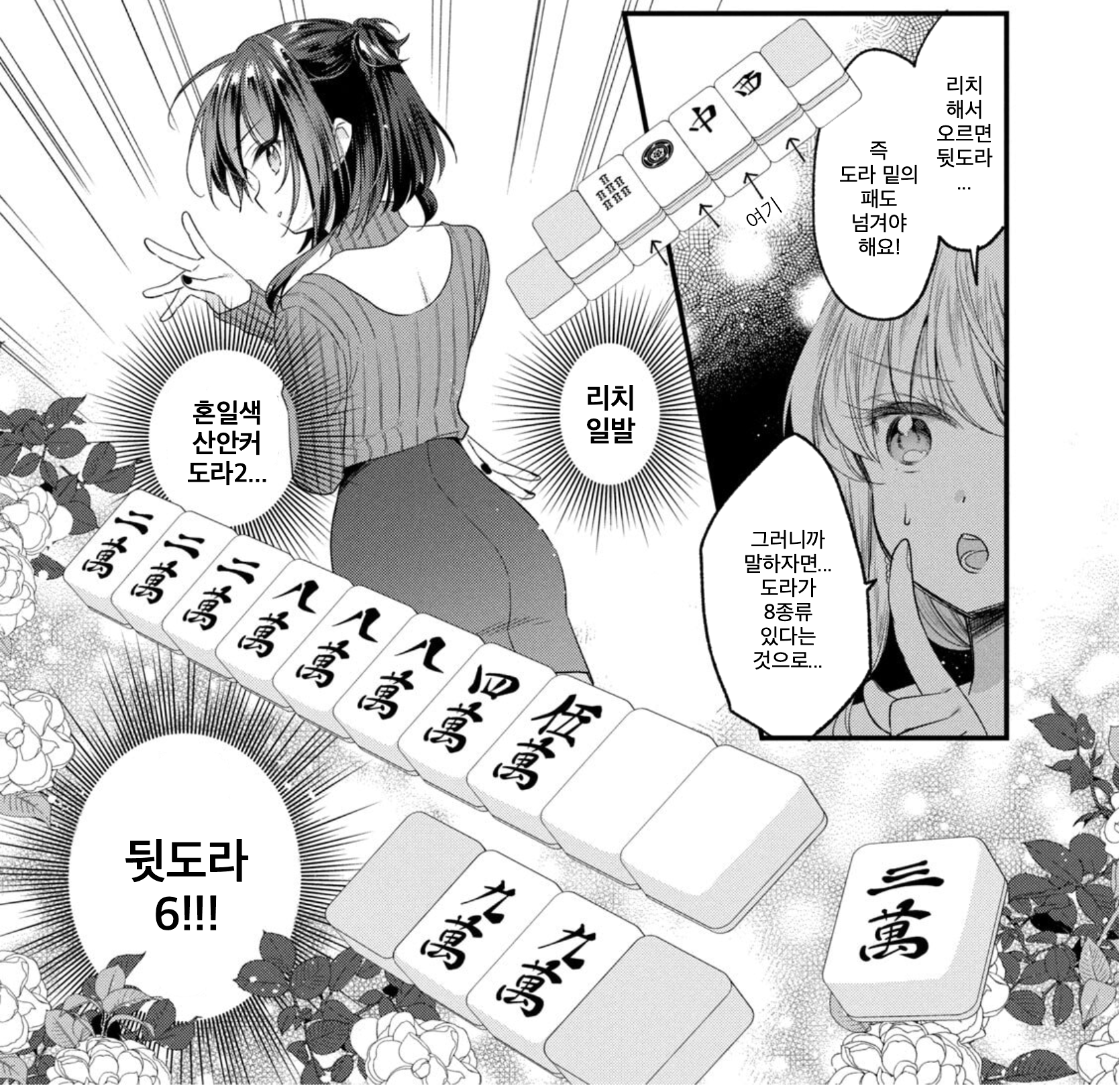
Also— I’m gonna say it now that the anime is done— the shoujo manga version was better. It did the finale better, too.
Anyway, we'll be returning to your regularly scheduled blog soon. See you then, or the next time I decide to do something this crazy.


